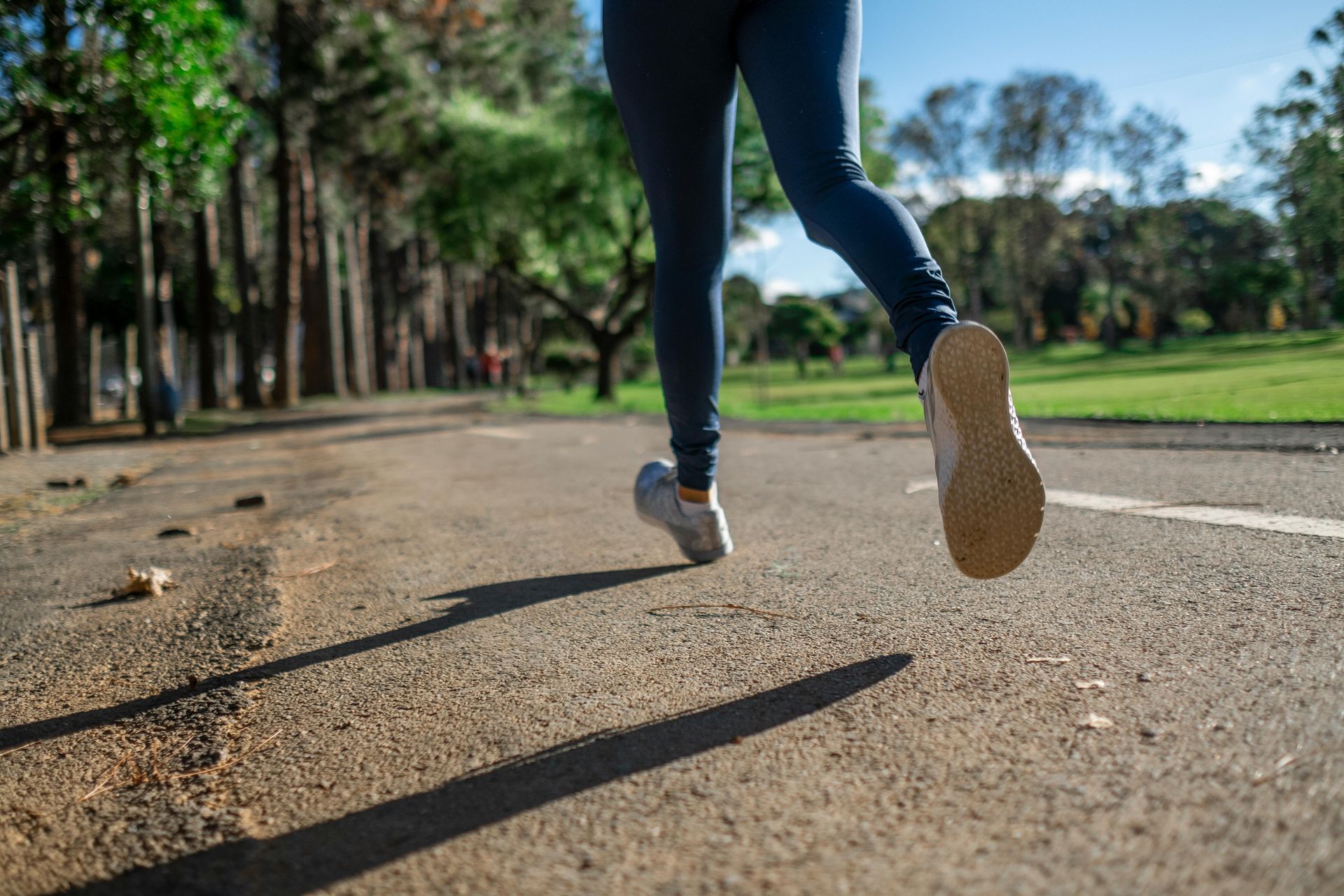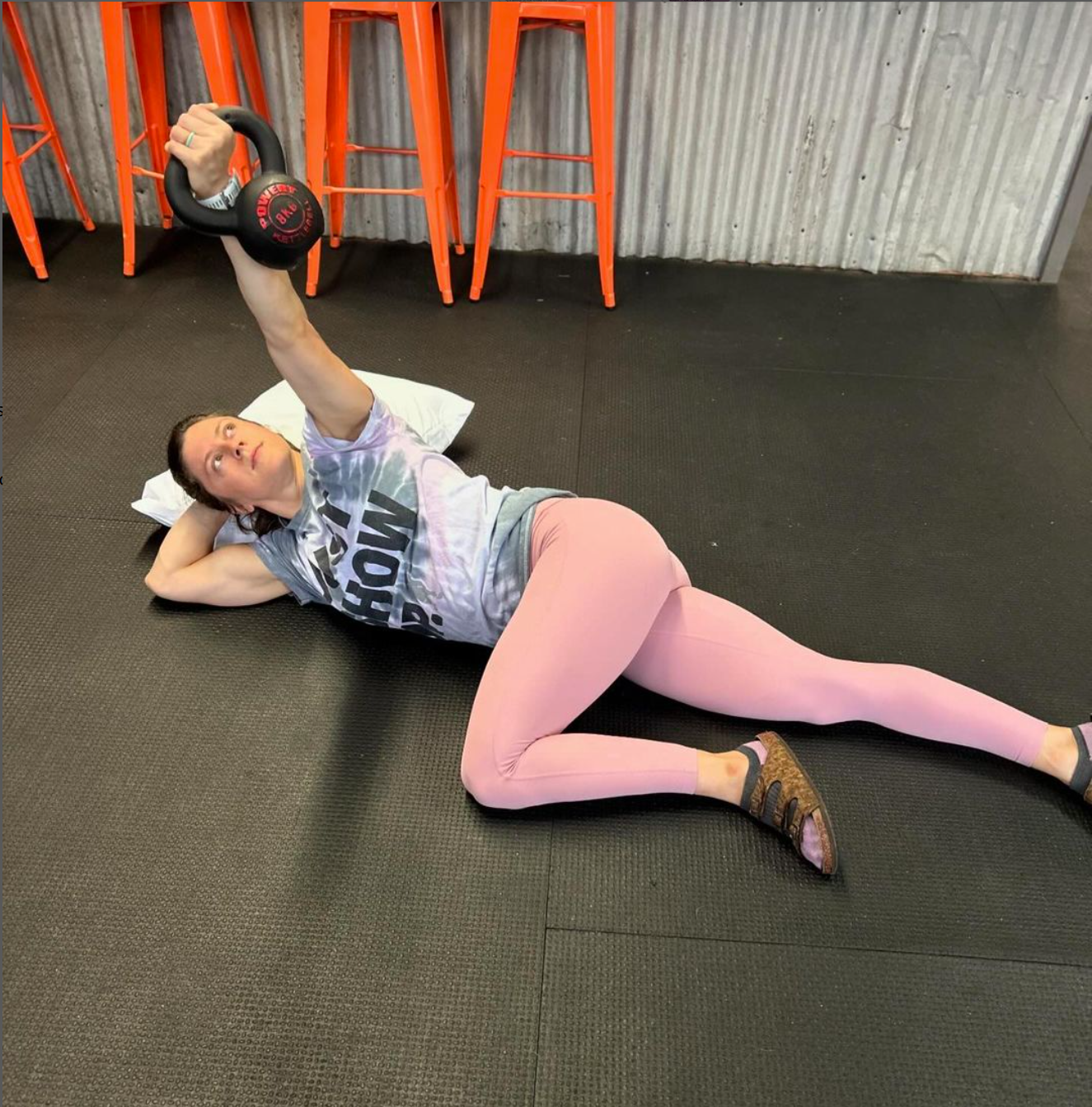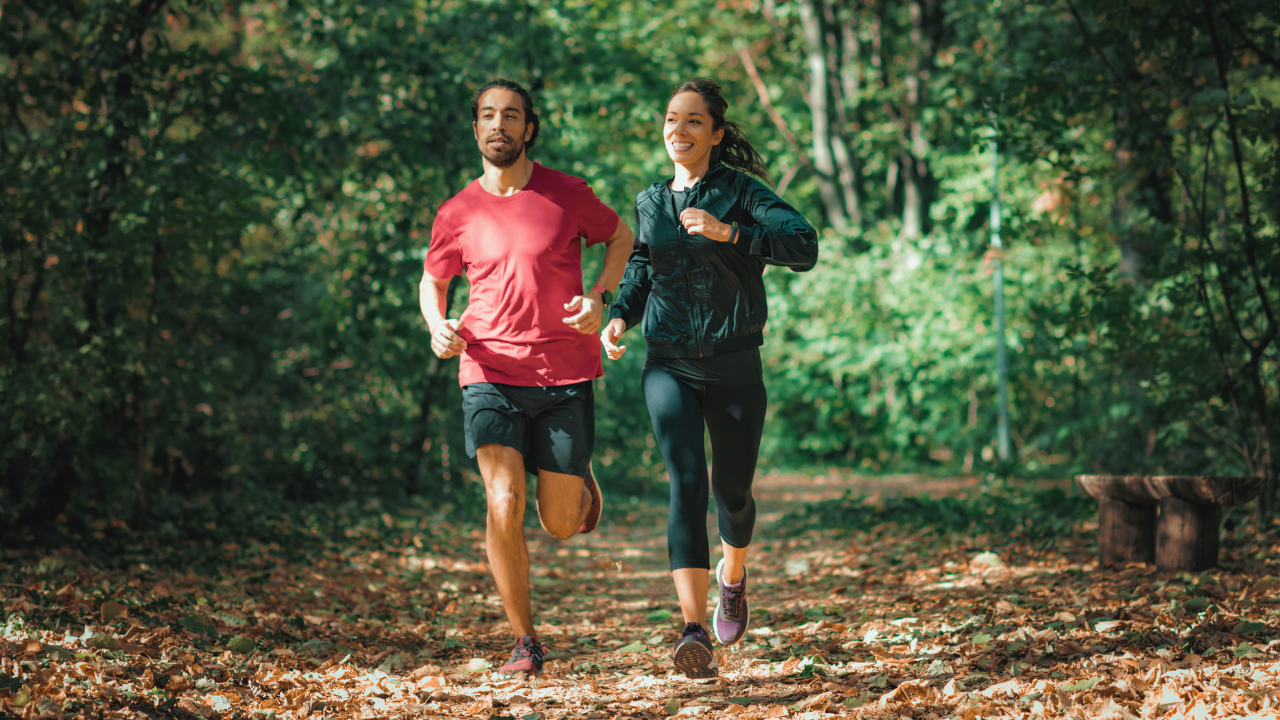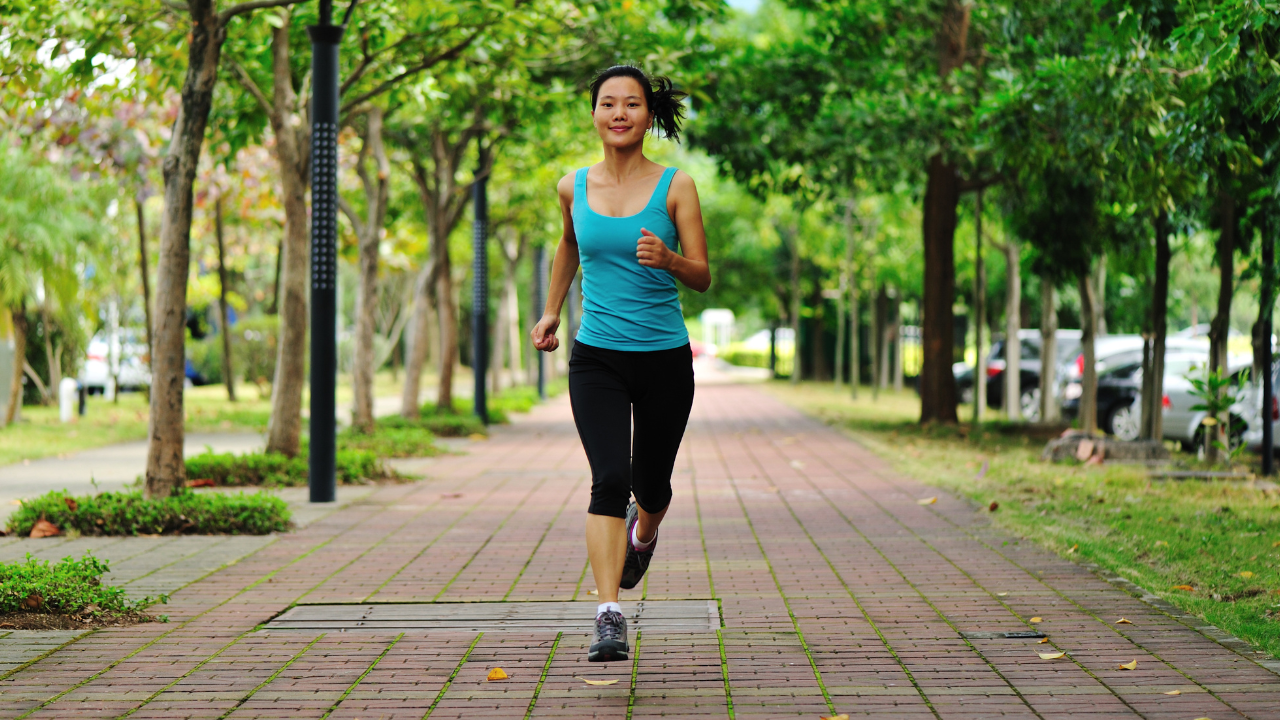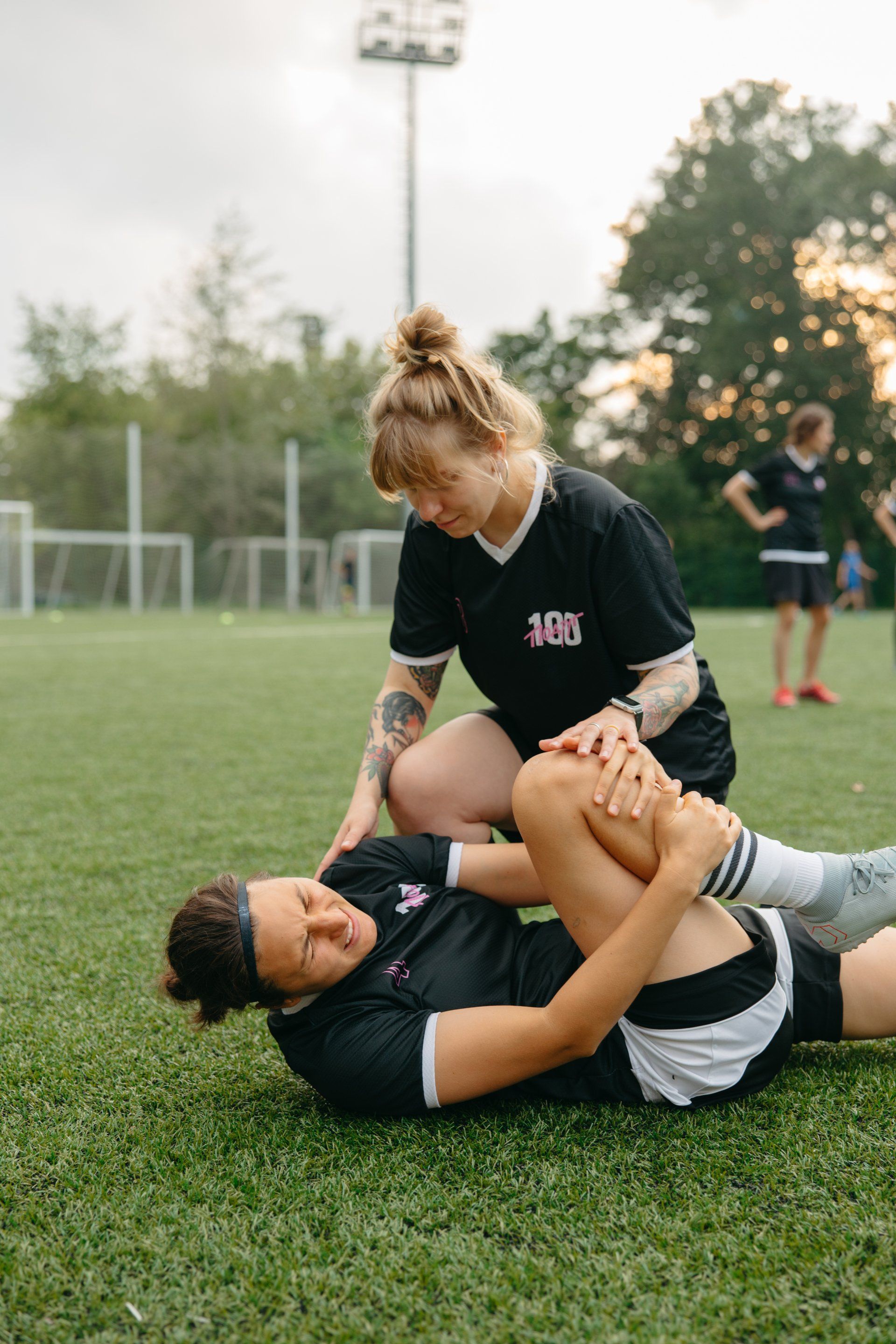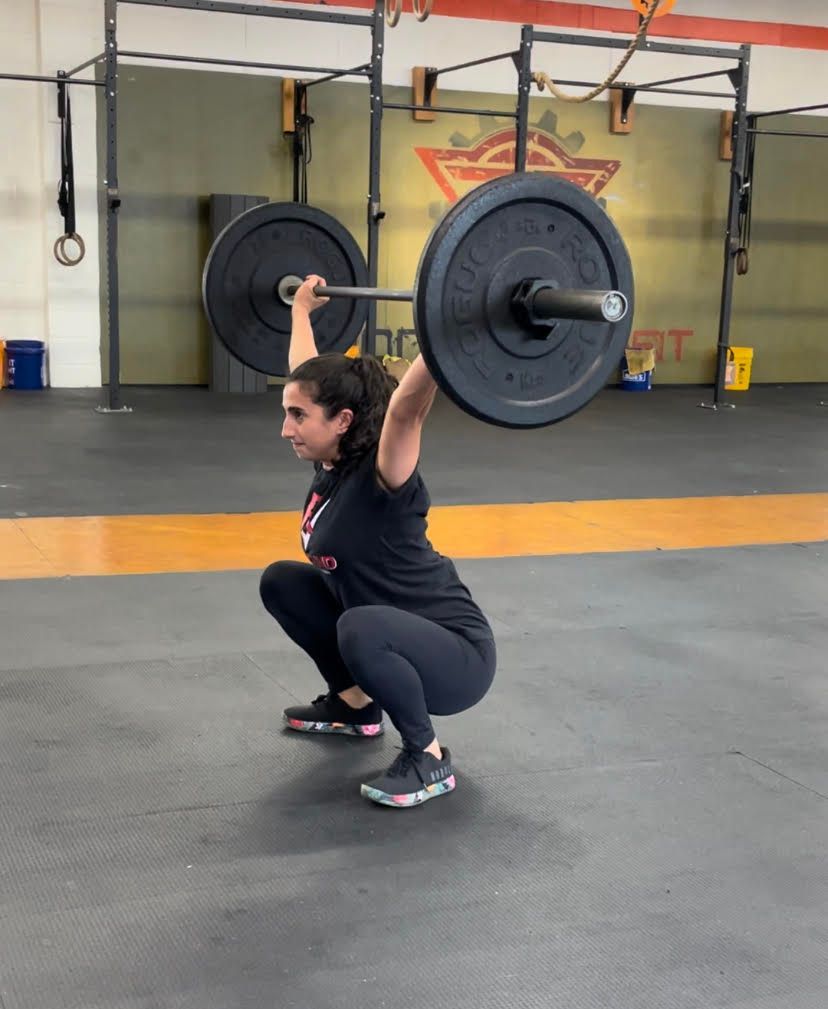What are the Best Physical Therapy (PT) Strength & Mobility Exercises for Runners?
Runners in Connecticut face unique challenges from varying terrain, seasonal conditions, and high training volumes. Specialized physical therapy strength and mobility programs help address these demands, prevent injuries, and optimize performance year-round.
Common Injuries and Mobility Challenges in Runners
Runners often face recurring injuries—such as IT band syndrome, runner’s knee, and hamstring strains—due to repetitive motion, muscle imbalances, and overuse.
These issues are especially common among runners in Newington, where many train year-round on pavement, trails, or treadmills. Improving mobility and strength is crucial to avoiding setbacks and running consistently.
The Role of Physical Therapy in Enhancing Running Performance
A physical therapist can accurately identify imbalances—like weak glutes or tight hip flexors—then prescribe targeted interventions that not only heal but also empower safer, more efficient running performance.
This goes far beyond generic workouts, ensuring runners build longevity in their sport.
Key Areas to Focus On for Runner-Specific Physical Therapy Exercises
To run efficiently and stay injury-free, runners need to target specific muscle groups and movement patterns. Physical therapy exercises that focus on hips, core, glutes, and flexibility can significantly enhance both performance and durability.
Hip Mobility for Improved Stride and Injury Prevention
Insufficient hip flexibility limits stride length, increases compensatory movement in knees and ankles, and raises injury risk. Incorporating drills like standing hip CARs (Controlled Articular Rotations) and lateral lunges helps maintain healthy hip range of motion, enabling stronger, more fluid runs.
Core Strength for Stability and Efficiency
A strong core is essential for posture, balance, and efficient force transfer from the legs. Exercises such as the Pallof press, dead bug progression, and single-leg plank variations develop deep core musculature that resists rotational forces, reducing fatigue and risk of lower back strain.
Glute Activation for Power and Alignment
Weak glutes can lead to overloading of hamstrings and compensatory lumbar movement. Clamshells, banded lateral walks, and hip thrusts target the gluteus medius and maximus—key muscles for hip extension and pelvis stabilization during every stride.
Iliotibial Band Flexibility and Pain Reduction
The IT band often tightens from repetitive motion and biomechanical issues, causing friction on the knee’s outer side. Foam rolling and side-lying IT band stretch help alleviate tension, while standing hip abduction strengthens lateral hip stabilizers to offload stress.
Hamstring Stretches to Prevent Pulls and Tightness
Hamstring flexibility supports range of motion in the hip and knee joints. Active hamstring stretches—such as supine single-leg lift with band or standing dynamic hamstring swing—enhance length and neuromuscular control while reducing strain.
Physical Therapy -Approved Strength and Mobility Exercises for Runners
Physical therapy-approved exercises are designed to support the unique biomechanics and demands of running. These targeted routines enhance strength, mobility, and injury resistance for runners at every level.
Dynamic Warm-ups and Mobility Drills
Begin each session with active drills like world’s greatest stretch, hip airplane, and leg swings. These activities prime joints and muscles without static holds, promoting movement readiness and improved neuromuscular response.
Resistance-Based Strength Exercises
Following mobility prep, incorporate exercises such as goblet squats, single-leg Romanian deadlifts, and split squats. These elevate glute and quad strength while boosting proprioception and unilateral stability—a foundation for balanced performance.
Recovery Routines and Flexibility Workouts
Include cool-down mobility sessions with foam rolling (focusing on IT band, quads, and calves), PNF-style hamstring stretches, and gentle yoga-inspired movements. These encourage recovery, reduce soreness, and support next-day readiness.
When to Seek Professional Physical Therapy Help as a Runner
Knowing when to seek professional physical therapy can be the difference between a quick recovery and a long-term setback. Runners should consult a PT at the first signs of pain, persistent tightness, or performance plateaus.
Warning Signs and Chronic Issues to Watch For
Persistent niggles—such as repetitive knee clicking, hip pain, or calf tightness—often signal underlying movement dysfunction or overuse. Don’t wait until a minor ache becomes an injury; consult a therapist early to stay ahead.
How a PT Program Can Personalize Your Running Regimen
Physical therapy ensures personalized solutions, such as gait analysis, customized exercise progression, and periodized plans aligned with your race calendar. Plus, it holds you accountable and supports long-term habit changes.
If you're serious about improving your efficiency, avoiding recurring injuries, or recovering from a current one, consider exploring a comprehensive approach to physical therapy for runners. A targeted therapy plan can help you strengthen specific muscle groups, address tightness, and realign your movement patterns—letting you log miles with confidence and ease.
Enhancing Performance through Holistic Athletic Development
Another critical component for local athletes lies in holistic training—encompassing not just rehab or strength, but full-spectrum athletic conditioning. By investing in well-rounded athletic development, runners can enhance speed, agility, and endurance while mitigating risk.
Whether you're prepping for a local race, a half marathon, or just trying to up your weekly mileage, strengthening your athletic foundation makes every run safer and more enjoyable.
Final Thoughts: Invest in Your Running Longevity with Targeted PT
Runner-specific mobility and strength routines aren’t just about recovering—they’re investments in longevity, consistency, and performance.
By focusing on hip mobility, core strength, glute activation, IT band care, and hamstring flexibility, you’ll build a resilient foundation that elevates every mile.
If you're serious about maximizing your potential and minimizing downtime, a personalized physical therapy program in Newington provides expert guidance, tailored progressions, and accountability—helping you become a stronger, more durable runner. Lace‑up with confidence, knowing you’ve built yourself on solid ground.
Got a question? Contact us now — we’re ready to help!
Frequently Asked Questions (FAQ)
Should I do these exercises even if I’m not training for a race?
Yes! Whether you're training for a 5K, half-marathon, or simply running for fitness, these PT-approved routines help prevent injury and improve form regardless of training goals.
What if I’m short on time—can I still benefit from a shortened routine?
Definitely. Even a focused 10–15 minute session a few times a week targeting hips, core, and glutes can make a meaningful difference in reducing injury risk and improving performance.
Can strength and mobility training improve my running pace?
Yes. By improving stride efficiency, core control, and muscle activation, PT-based exercises reduce energy leaks and help you run faster with less effort.
How soon should I expect results from a PT-based program?
Most runners notice improvements in mobility and stability within 2–4 weeks. Pain reduction or performance gains typically follow with consistent implementation over 6–8 weeks.
Are these exercises safe for older or returning runners?
Yes. These routines are easily adaptable for runners over 40 or those returning after a break. A PT can modify each movement to match your current fitness and prevent re-injury.
Do I need special equipment to get started with these exercises?
Most exercises use bodyweight or minimal gear like resistance bands, foam rollers, and dumbbells. A PT can show you how to get results with home-based tools.
What if certain exercises cause discomfort—should I stop?
If you feel pain during an exercise, especially sharp or joint-specific pain, stop and consult a PT. Discomfort may signal improper form or an underlying issue needing attention.
How do I know if my glutes or core are weak?
Signs include knee valgus when landing, excessive torso sway while running, or frequent low back tightness. A PT can run simple movement screens to test muscle activation and control.
Is there a best time of day to do strength and mobility training?
Many runners prefer post-run or rest days for full routines, and pre-run mobility drills to warm up. The key is regularity—find a consistent time that fits your schedule.



